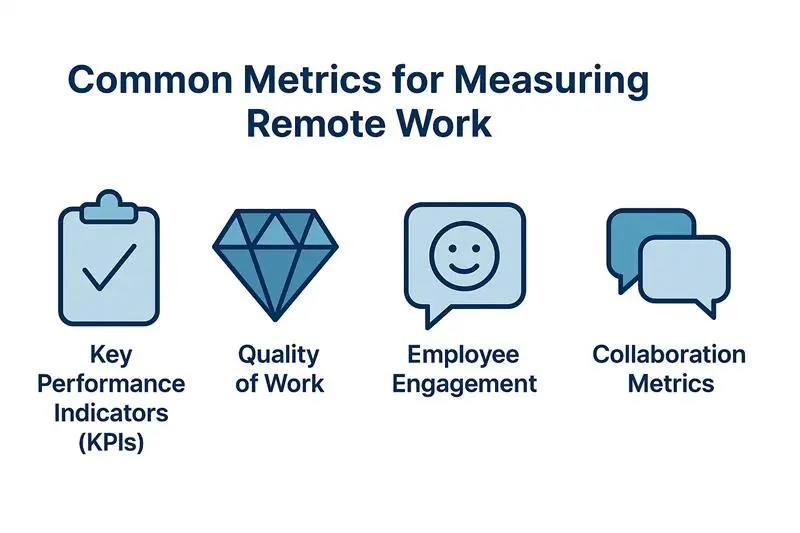The Evolution of Remote Work
Technological Advancements That Made Remote Work Possible
Cloud Computing: Platforms like Google Workspace and Microsoft 365 enabled real-time collaboration.
Communication Tools: Zoom, Slack, and Microsoft Teams bridged the physical distance.
Cybersecurity Improvements: VPNs and endpoint protection solutions helped secure remote networks.
The rapid advancement of these technologies made it easier than ever for employees to work from anywhere. High-speed internet, cloud storage, and video conferencing software have eliminated many of the barriers that once made remote work impractical. As a result, businesses have been able to maintain operations without requiring employees to be physically present in an office.
The Pandemic’s Role in Accelerating Remote Work Trends
The global health crisis made remote work an imperative. Businesses had to adapt quickly, investing in digital infrastructure to support a distributed workforce. Many companies, including Twitter and Shopify, adopted remote-first models permanently.
Before the pandemic, many businesses were hesitant to fully embrace remote work due to concerns about productivity and collaboration. However, once they were forced to transition, they found that remote work could be just as effective—if not more so—than traditional office setups. This realization led to a permanent shift in workplace dynamics, with more companies offering flexible work options to employees.






